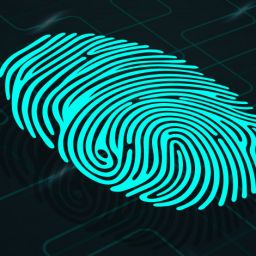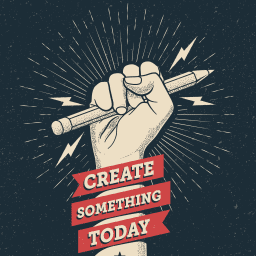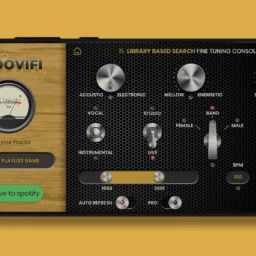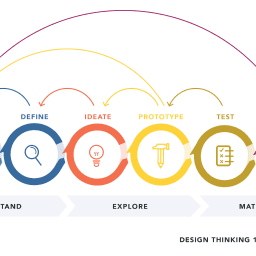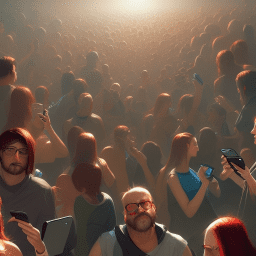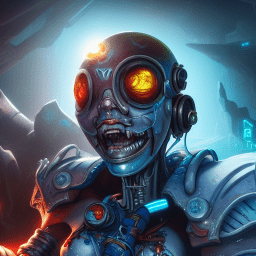Industrial Revolution 4.0 describes the exponential changes in the way we live, work and relate to each other due to the adoption of cyber-physical systems, the Internet of Things and the Internet of Systems. When we implement smart technologies in our factories and workplaces, connected machines will operate, visualize the entire production chain and make decisions autonomously. This revolution is expected to affect all areas, industries, and economies. While in some ways it is an extension of the computing of the third industrial revolution (the digital revolution), due to the speed, scope and systems of the impact of the changes of the fourth revolution, it is considered a distinct era. The fourth industrial revolution is disrupting almost every industry in every country and creating massive change in a non-linear fashion at an unprecedented speed.
Imagine creating a primary language based on learned and accepted principles and sending the language to the cyber dimension. In the cyber dimension, the language will learn direct inputs at the level of the user's experience and dynamically and immediately change the visibility of the language and its expertise according to the tool and the audience it serves (factory, shopping site, music, studies, games)...
The multi-directional communication between the intelligent machines networked horizontally and horizontally in the cyber world will lead to learning and dynamic and immediate changes to their configuration and behavior in different dimensions. It will lead to optimal results in the user experience at any given point throughout the cyber world in interaction with human users. In such a situation, the digital revolution and the ability to learn and develop faster than the human pace will lead to the necessary development of us as humans.
There is usually no ability to predict in advance the success of the product in the market and the thinking efforts of the experience and accumulated knowledge of the procurement personnel are taken into account for the production decisions. However, all too often, the products behave in an unexpected way and the replenishment of stocks in the relevant areas can sometimes take months if at all, why? Because the production of the product in today's production processes consumes a lot of time and large resources, the production lines are limited in their flexibility and the products have a limited cartridge.
The fourth industrial revolution describes a situation where the Toys R Us manufacturing plant becomes an intelligent factory; each production point has a brain that knows how to interact with other production points and with the products on the production line, learn, create data, and derive lessons. The basis of the product in the production line has a brain that can teach the machines at the production points the unique specifications of each product and attach individual elements to it, such as a unique barcode, a different colored composition, different packaging, and a different address and all this on the same production line with products in various designs.
So what do designers of user interfaces and the user experience have to do with this? Lots. If the manufacturing engineers and developers are the pioneers and creators of the infrastructure, we create the visual and multi-sensory communication language in which this environment will work.
Already today we know very well how to work in the fields of communication between man and man and man and machine. The industrial revolution 4.0 urges us to create the next language of communication in a wider variety of tools in front of people and machines in a process and dynamic manner and to express it with simple and minimal means as a new language. Sounds somewhat exaggerated, but completely true.
The professions joining this revolution include engineers, developers and XNUMXD environment experts. They are the ones entrusted with building the infrastructure for future activity for a variety of additional professionals who will enter the picture in its second phase such as designers and X UI, AR, VR developers and many others.
Our role as the design thinkers and developers of the user experience is very important, mainly to develop and promote the new language in human-machine interactions. New key players (intelligent machines, robots, virtual reality, real-time command and control) change the game in which we, the designers of the user experience play and require us to think outside the box and reinvent the language.
I will give a tangible example of a production process in revolution 4.0 so that we can begin to imagine our role in this revolution.
Production of a toy intended for Israel in the global Toys R Us network
As of today, the chain produces products for different regions of the world according to local demand from a large catalog that is organized ahead of time, the amount of products and their timing are determined according to their storage, logistics and transportation capabilities.
UI UX in the service of the industrial revolution 4.0
One of the major and significant challenges that humanity faces in the next ten years with the acceleration of the development of technology and the demand for products with an optimal level of service and quality is the transition to the ability of "smart production"
Already today, manufacturing plants in developing economies have switched to production using robotic and sensor production lines that optimize the production process. The industrial revolution 4.0 heralds the coming of a new era that will combine in manufacturing and industrial plants the ability to use robotics, sensors and artificial intelligence for the purpose of streamlining, reducing costs, increasing profits, increasing control capabilities, maintenance, diversity and flexibility in production.
The way the industrial revolution 4.0 takes place is in our ability to adopt and transfer physical capabilities to digital through the Internet of Things and the Internet of Systems. The conversion of the physical to the cyber will in the foreseeable future enable a completely autonomous production chain that will communicate with each product autonomously and enable efficiency and savings in the life cycle of the product and consequently - more sales and less expenses.
Mistakes are a legacy of our undeveloped past


